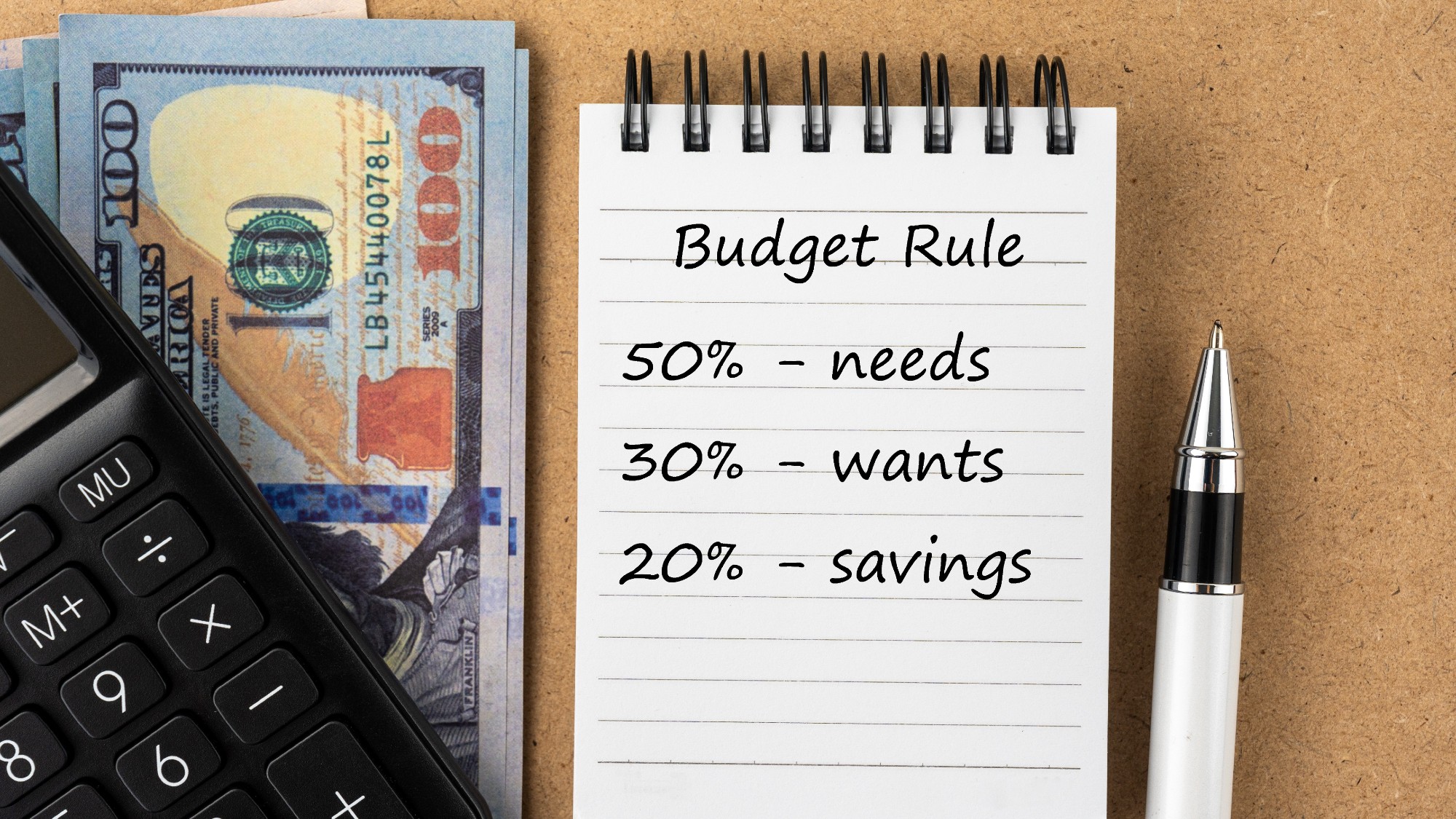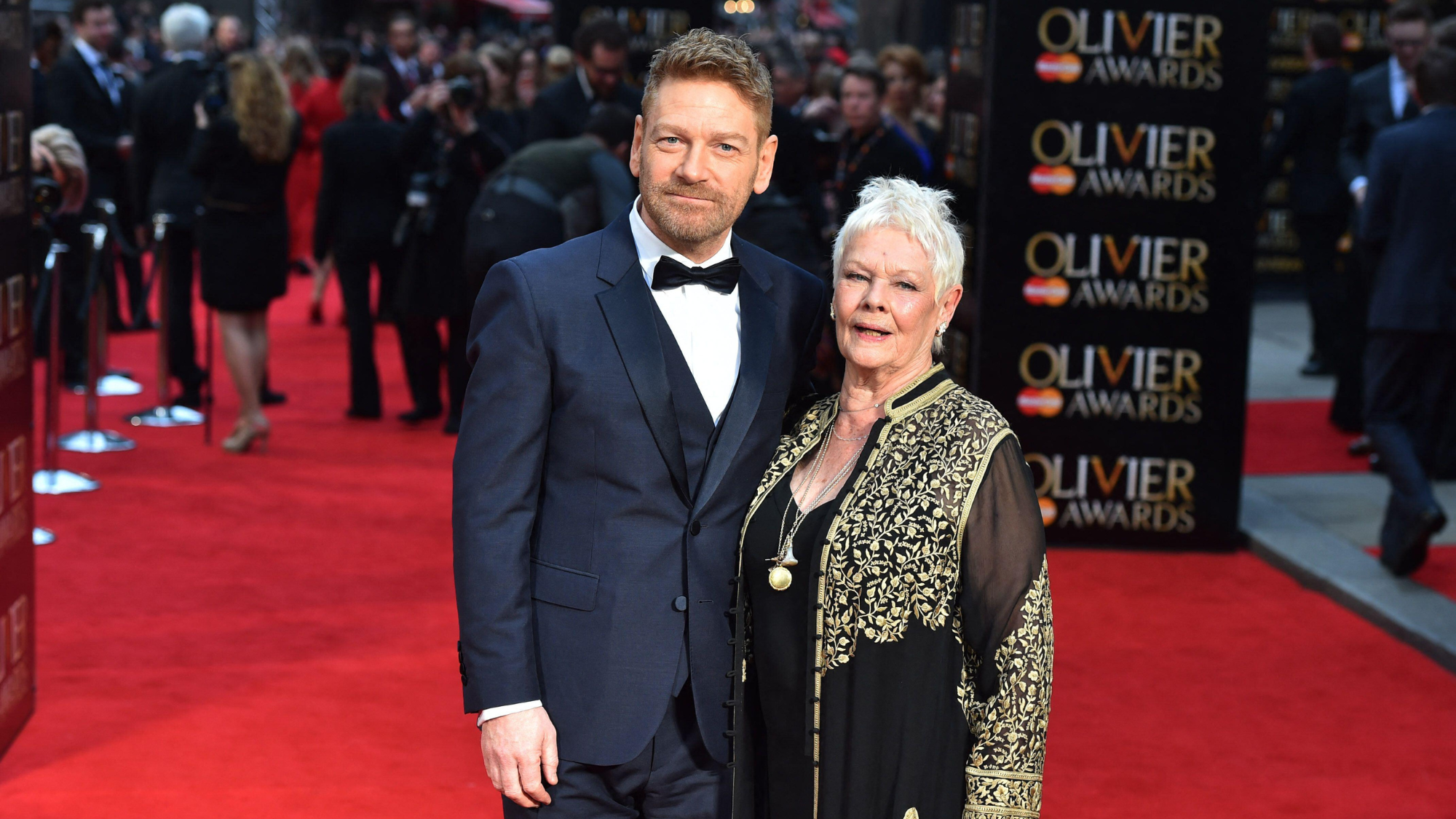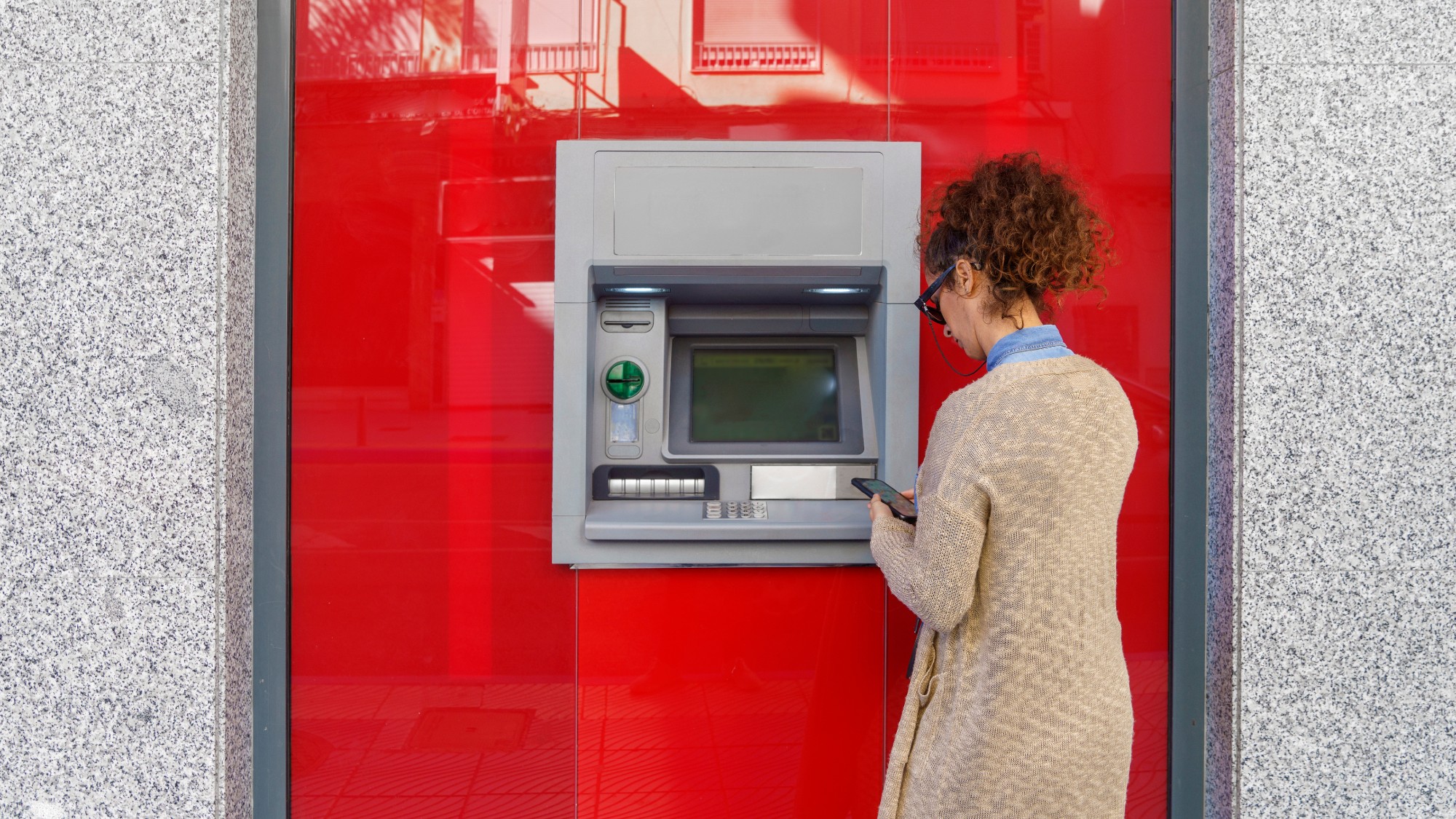4 different budgeting methods — and how to choose one that works
Pick something you'll actually stick to


Budgeting is a staple of good financial health. Making a budget "can help you save money, pay off debt and work toward building financial stability," said Experian — not to mention it will allow you to gain a clearer understanding of your own financial situation and tendencies.
As many of us know from experience, the process of making a budget can feel like a big ordeal, not to mention the challenge of actually sticking to it. But once you find a budgeting method that truly suits your needs, it's all uphill from there.
What are some of the most popular budgeting methods?
If you have yet to find a budgeting method that sticks, consider some of the most popular methods and see if any of them interest you:
The Week
Escape your echo chamber. Get the facts behind the news, plus analysis from multiple perspectives.

Sign up for The Week's Free Newsletters
From our morning news briefing to a weekly Good News Newsletter, get the best of The Week delivered directly to your inbox.
From our morning news briefing to a weekly Good News Newsletter, get the best of The Week delivered directly to your inbox.
The 50/30/20 budget: With the 50/30/20 rule, "each month, your after-tax paycheck is broken down into three buckets: 50% for needs, 30% for wants and 20% for savings," said The Wall Street Journal.
Upsides of this method include its "simplicity" and "flexibility," as its "broad categories make it easy to cut expenses and make room for others." However, said the Journal, "its feasibility depends on where you live" — in some more expensive cities, for example, housing can account for an outsize percentage of your budget, throwing off allocations for other buckets.
The zero-based budget: The zero-based budget is based on the idea that "income minus expenses equals zero," said LendingTree. "After calculating your monthly income, subtract all your monthly expenses and savings, making sure the final result is zero."
This option tends to be "best for people who have a set income each month or can reasonably estimate their monthly income," said LendingTree. It might also be better for more experienced budgeters, as "there's less room for error" here.
A free daily email with the biggest news stories of the day – and the best features from TheWeek.com
The pay-yourself-first budget: Sometimes called reverse budgeting, "this approach prioritizes making sure your savings and debt goals are met," said Experian. With the pay-yourself-first budget, you will first set aside money for your savings goals and debt obligations and then, "after that, you can use the remaining money for whatever you want."
This "pretty straightforward" option is good for "people who want to save more but don't have the patience for a more hands-on budgeting method," said the Journal. Still, you want to make sure you can avoid "using your savings accounts as a piggy bank" — otherwise, you may need a "more restrictive" method.
The no-budget budget: Resistant to the overall idea of budgeting? Consider the no-budget budget, a "flexible spending plan where you take two things into account: your net pay for the month and your 'must pays' for the month," said Experian. "From there, all this method has you do is keep your spending low enough that you don't eat into the money you need to keep earmarked for all your "'must pays.'"
While this method may sound appealing for its ease, "it's not always easy to tell yourself 'no,'" said LendingTree, which makes it a good fit only if "you feel confident you can avoid racking up unnecessary charges."
How do you figure out the right budgeting system for you?
As you can see, each budgeting method has its pros and cons, and some are more suited to certain spending tendencies than others. To figure out which one is right for you, it is important to "consider how much time and maintenance a budgeting system involves before you get on board," said NerdWallet, as "some have strict requirements, while others are more flexible."
It is also worth taking a look at your current spending and savings habits to determine what you would most like to achieve by budgeting. For instance, the 50/30/20 budget is ideal for "categorizing 'needs' over 'wants,'" said LendingTree, whereas the zero-based budget is good for someone concerned with "tracking consistent income and expenses."
Pay attention to how you feel about a particular budgeting method. "If a budgeting method sounds like pure drudgery to you, it's unlikely you'll stick to it," said Experian. Be realistic, and "choose [a method] you expect to bring you some satisfaction." Similarly, if you try something and it does not feel quite right, "don't be afraid to tweak your budgeting strategy along the way to make it more effective," said LendingTree.
Becca Stanek has worked as an editor and writer in the personal finance space since 2017. She previously served as a deputy editor and later a managing editor overseeing investing and savings content at LendingTree and as an editor at the financial startup SmartAsset, where she focused on retirement- and financial-adviser-related content. Before that, Becca was a staff writer at The Week, primarily contributing to Speed Reads.
-
 Tea with Judi Dench: ‘touching’ show is must-watch Christmas TV
Tea with Judi Dench: ‘touching’ show is must-watch Christmas TVThe Week Recommends The national treasure sits down with Kenneth Branagh at her country home for a heartwarming ‘natter’
-
 Codeword: December 24, 2025
Codeword: December 24, 2025The daily codeword puzzle from The Week
-
 Sudoku medium: December 24, 2025
Sudoku medium: December 24, 2025The daily medium sudoku puzzle from The Week
-
 Received a gift card this holiday season? Here’s how to maximize it.
Received a gift card this holiday season? Here’s how to maximize it.The Explainer Make the most of your present
-
 Who will the new limits on student loans affect?
Who will the new limits on student loans affect?The Explainer The Trump administration is imposing new limits for federal student loans starting on July 1, 2026
-
 3 ways to reduce the cost of owning a car
3 ways to reduce the cost of owning a carthe explainer Despite the rising expense of auto insurance premiums and repairs, there are ways to save
-
 How to shop smarter with a grocery budget
How to shop smarter with a grocery budgetThe Explainer No more pushing your cart down the aisles on autopilot
-
 What will next year’s housing market look like?
What will next year’s housing market look like?The Explainer Here is what to expect from mortgage rates and home prices in 2026
-
 What are the pros and cons of a Roth conversion for retirement?
What are the pros and cons of a Roth conversion for retirement?Pros and Cons By converting a traditional IRA to a Roth IRA, retirees can skip paying taxes on their withdrawals
-
 4 easy tips to avoid bank fees
4 easy tips to avoid bank feesThe Explainer A few dollars here and there might seem insignificant, but it all adds up
-
 4 often overlooked home maintenance tasks that could cost you later
4 often overlooked home maintenance tasks that could cost you laterThe Explainer A little upkeep now can save you money down the road
